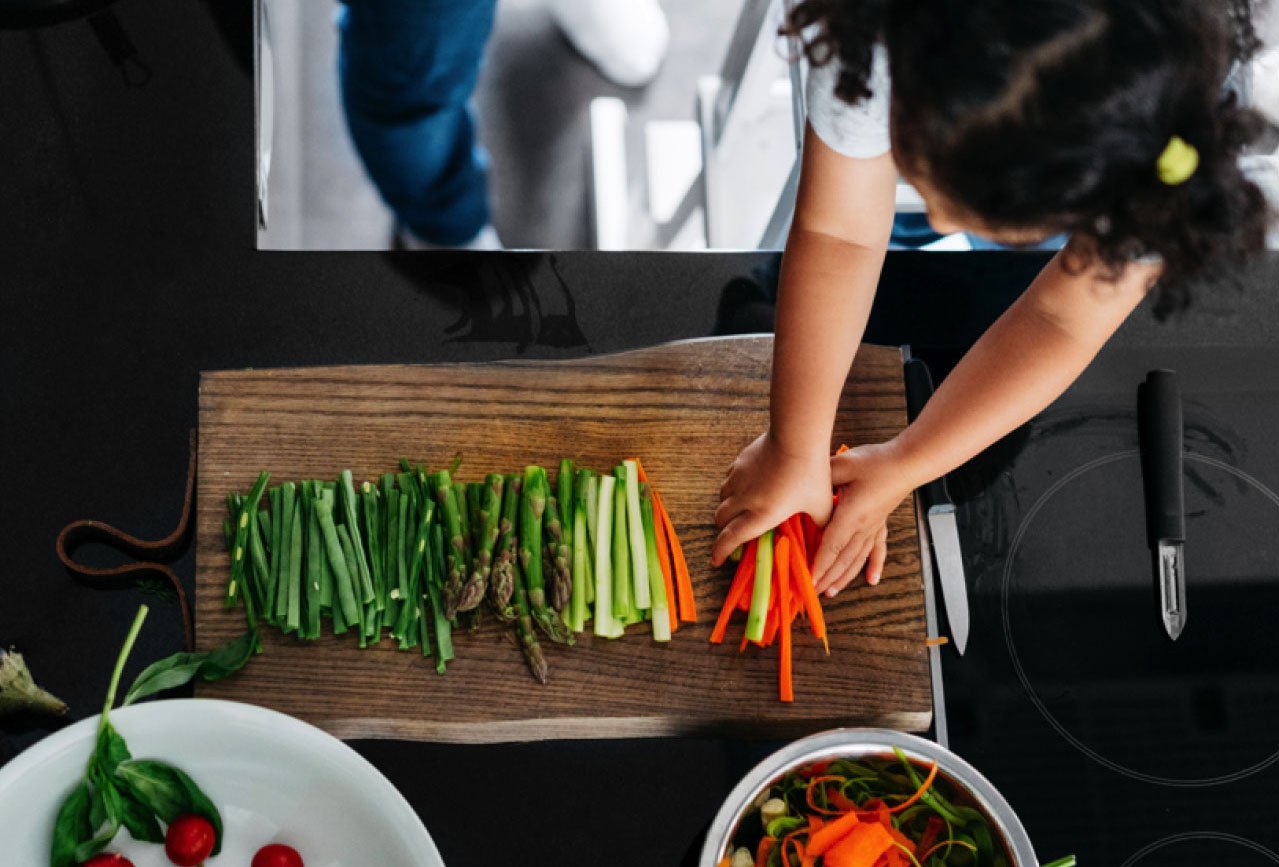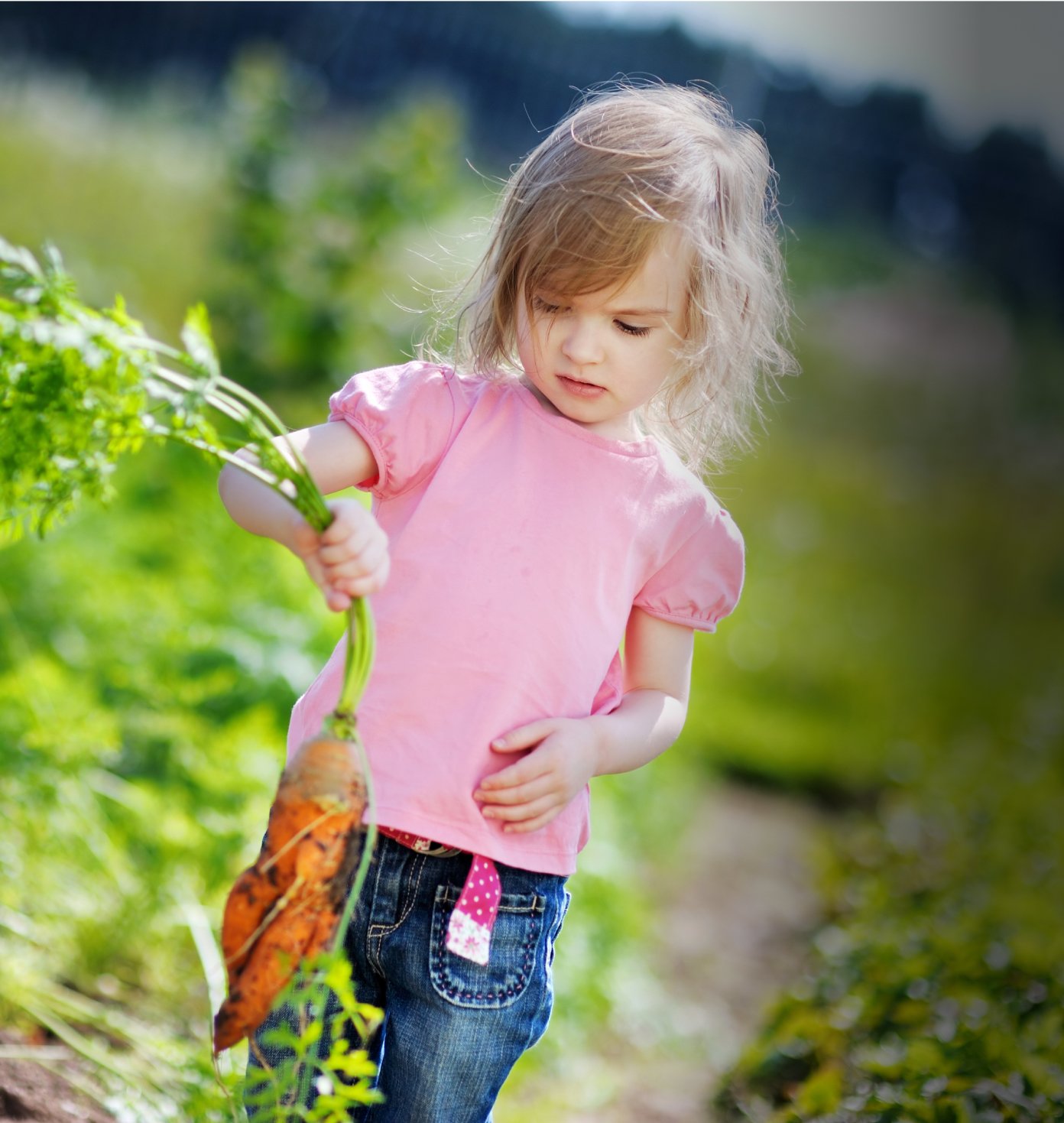Methodology
EWG’s Shopper’s Guide ranks pesticide contamination on popular fruits and vegetables by analyzing tens of thousands of samples collected by the Agriculture Department and the Food and Drug Administration.
To create this guide, EWG uses data from the most recent sampling period for each food.
Almost all of the tests are conducted by the USDA. Each year the agency selects a subset of fruits and vegetables to test, rather than testing all crops every year.
Before conducting tests, the USDA processes each piece of fruit or vegetable in the same way people tend to do at home. For example, those with inedible peels, like bananas, are peeled, and those with edible peels, like apples, are rinsed under cold water and drained before they are tested. So the test results are a good indication of consumers’ likely exposure.
Unprocessed produce tends to have higher concentrations of pesticides, as shown by California Department of Pesticide Regulation test results.
To compare foods, EWG considers six measures of pesticide contamination:
- Percent of samples tested with detectable pesticides.
- Percent of samples with two or more detectable pesticides.
- Average number of pesticides found on a single sample.
- Average amount of pesticides found, in parts per million.
- Maximum number of pesticides found on a single sample.
- Total number of pesticides found on the crop.
Within each of these categories, we ranked the 46 fruits and vegetables and then normalized the ranks on a scale of 1 to 100, with 100 being the highest. For each food, we calculated a total score by summing the normalized rank of each metric. All categories are weighted equally, since they convey different but equally relevant information about pesticide levels on produce.
The USDA test program includes both domestically grown and imported produce, and sometimes ranks differ on the basis of origin. In these cases, we displayed domestic and imported items separately to help consumers select the option with the lowest pesticide levels.
The Shopper’s Guide full list shows how fruits and vegetables rank based on these total scores.
Hundreds of different pesticide residues are found on produce. Yet many of these pesticides are not well studied, and their potential effects on human health are little or not at all understood.
By weighting all pesticides equally, we are accounting for total exposure or the overall pesticide burden. EWG designed this method to help consumers reduce their overall pesticide load, rather than encouraging the avoidance of those pesticides for which scientific research has already established potential human health harms.
Similarly, we do not factor in the pesticide levels deemed acceptable by the Environmental Protection Agency, which are often inadequate and based on outdated science.
| Food | Year | Source |
|---|---|---|
| Apples | 2015-2016 | USDA PDP |
| Asparagus | 2017-2019 | USDA PDP |
| Avocados | 2012 | USDA PDP |
| Bananas | 2019-2020 | USDA PDP | Bell and hot peppers | 2019-2021 | USDA PDP |
| Blueberries | 2020-2022 | USDA PDP |
| Broccoli | 2020-2021 | USDA PDP |
| Cabbage | 2017-2019 | USDA PDP |
| Cantaloupe | 2019-2021 | USDA PDP |
| Carrots | 2020-2022 | USDA PDP |
| Cauliflower | 2019-2021 | USDA PDP |
| Celery | 2021-2022 | USDA PDP |
| Cherries | 2014-2016 | USDA PDP |
| Cherry tomatoes | 2012 | USDA PDP |
| Cucumbers | 2015-2017 | USDA PDP |
| Eggplant | 2020-2021 | USDA PDP |
| Grapefruit | 2015-2017 | USDA PDP |
| Grapes | 2022 | USDA PDP |
| Green beans | 2021-2022 | USDA PDP |
| Honeydew melon | 2008-2019 | FDA |
| Kale, collard and mustard greens | 2017-2020 | USDA PDP |
| Kiwis | 2018-2020 | FDA |
| Lettuce | 2015-2017 | USDA PDP |
| Mangoes | 2017-2018 | USDA PDP |
| Mushrooms | 2022 | USDA PDP |
| Nectarines | 2013-2015 | USDA PDP |
| Onions | 2017 | USDA PDP |
| Oranges | 2016 | USDA PDP |
| Papaya | 2011-2012 | USDA PDP |
| Peaches | 2021-2022 | USDA PDP |
| Pears | 2021-2022 | USDA PDP |
| Pineapple | 2002 | USDA PDP |
| Plums | 2021-2022 | USDA PDP |
| Potatoes | 2022 | USDA PDP |
| Raspberries | 2013 | USDA PDP |
| Snap peas | 2017-2018 | USDA PDP |
| Spinach | 2016 | USDA PDP |
| Strawberries | 2015-2016 | USDA PDP |
| Summer squash | 2020-2022 | USDA PDP |
| Sweet corn | 2014-2015 | USDA PDP |
| Sweet peas (frozen) | 2018-2019 | USDA PDP |
| Sweet potatoes | 2016-2018 | USDA PDP |
| Tangerines | 2019-2021 | USDA PDP |
| Tomatoes | 2022 | USDA PDP |
| Watermelon | 2021-2022 | USDA PDP |
| Winter squash | 2020-2021 | USDA PDP |











